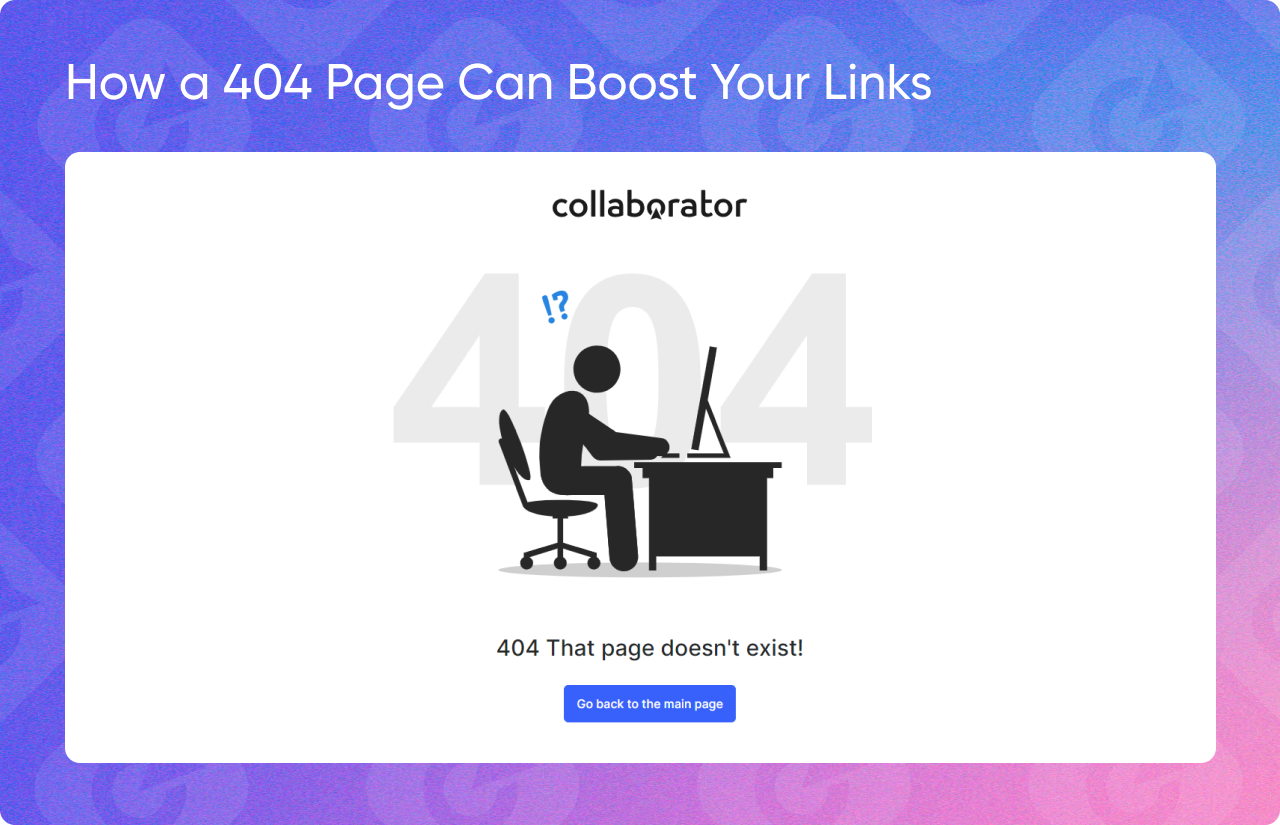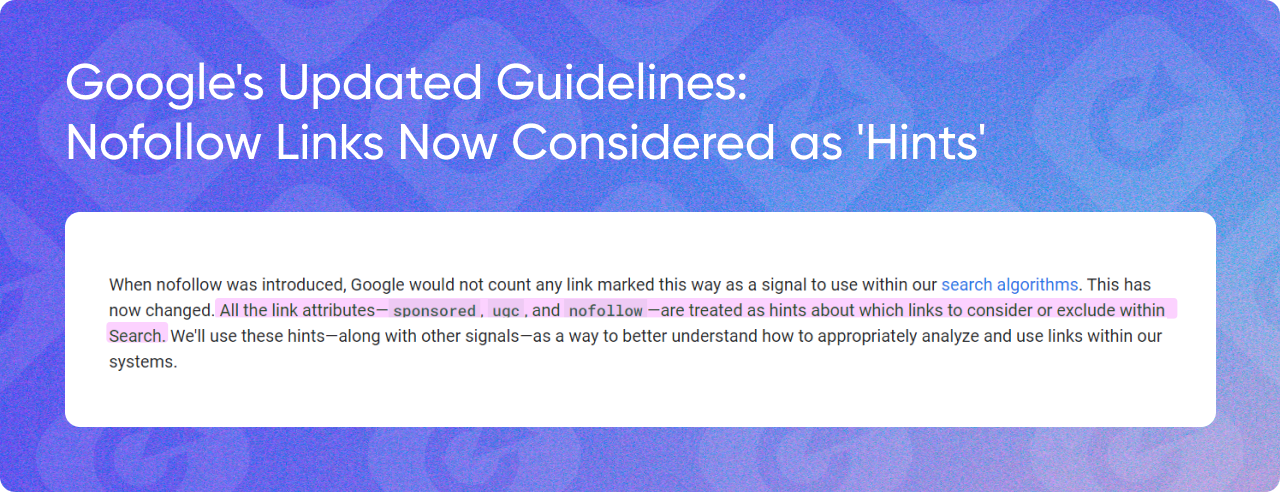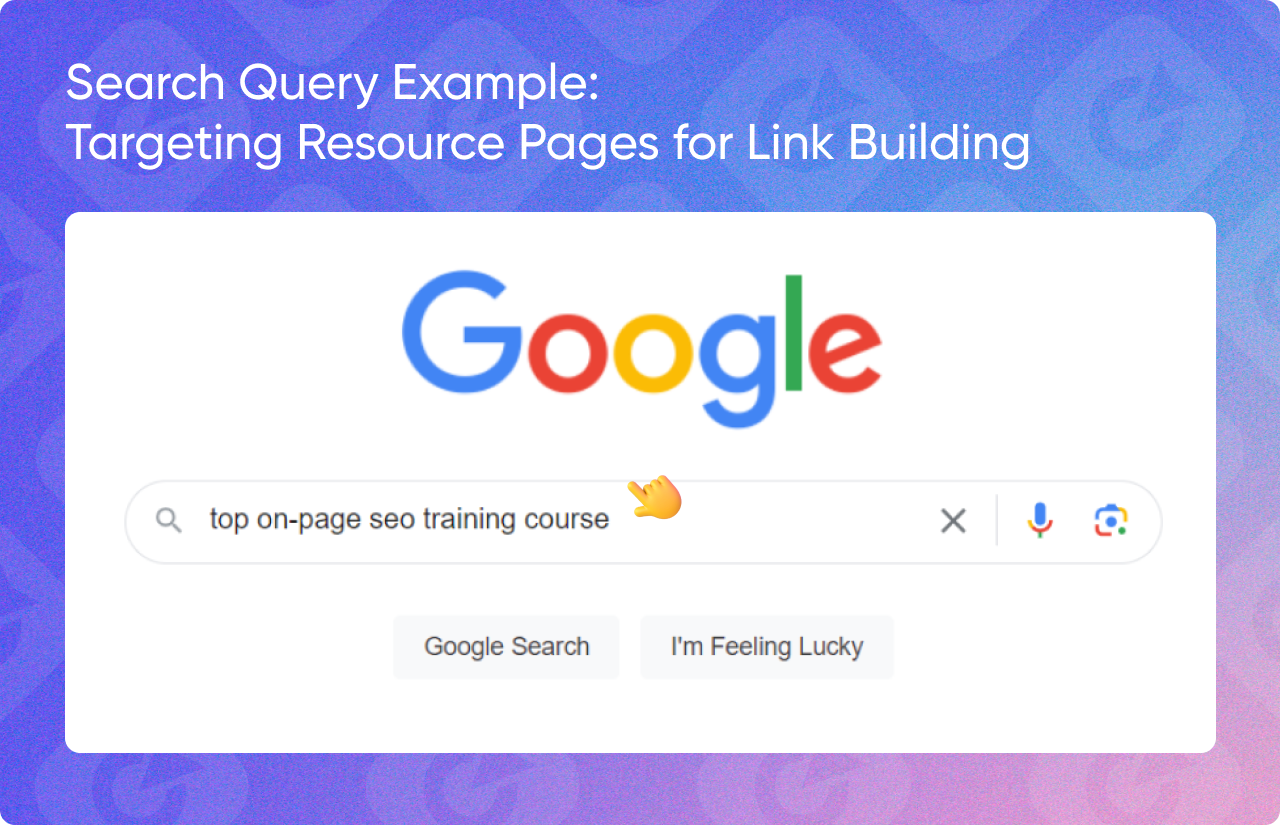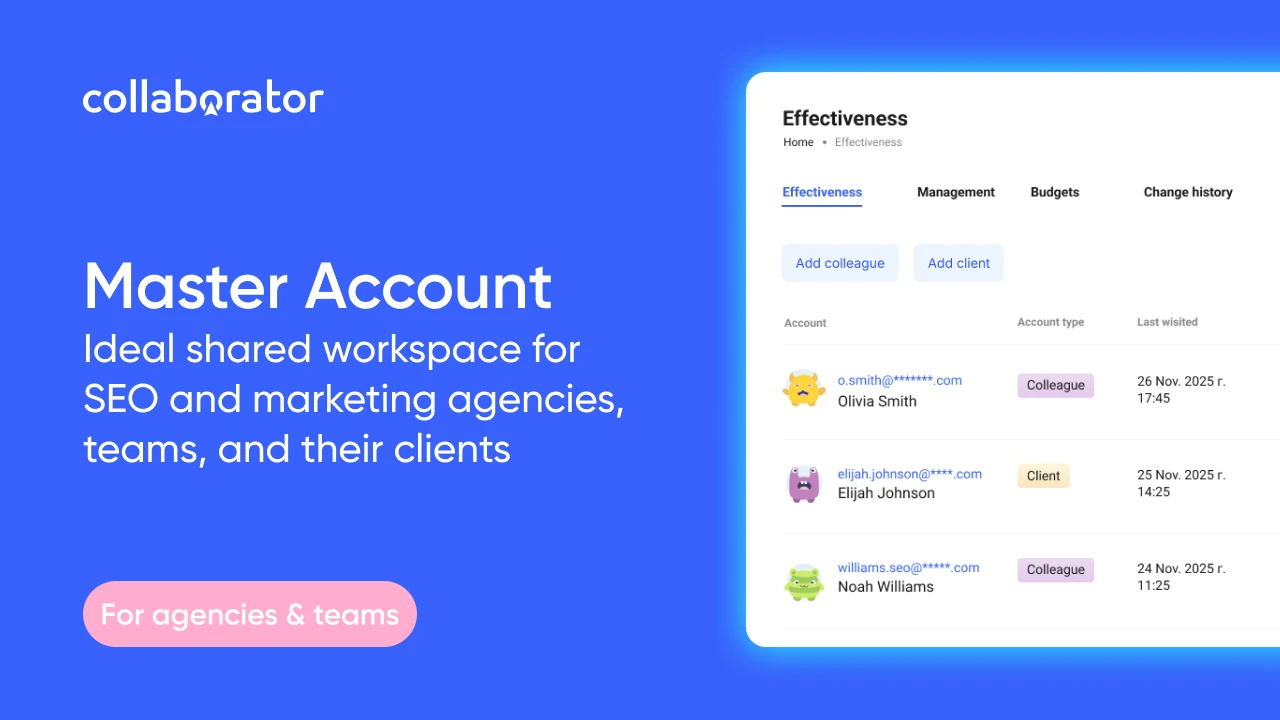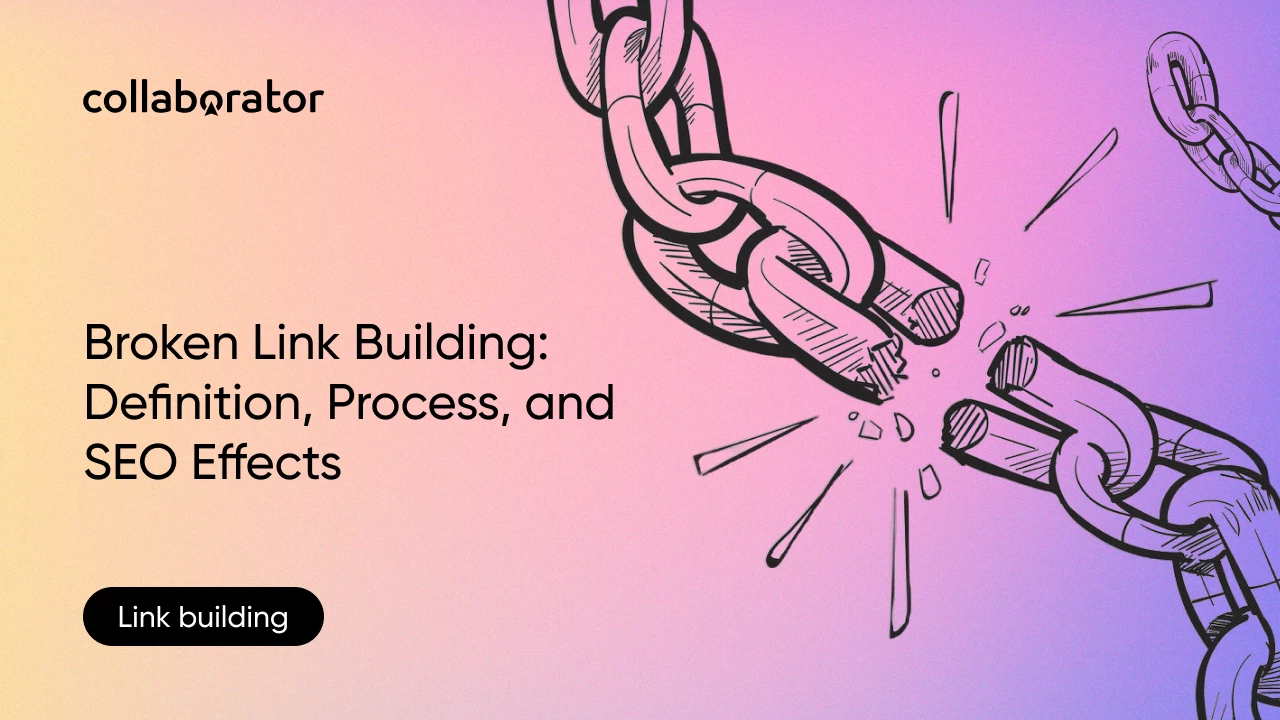
In essence, this approach entailed users finding broken links on a page and offering their own as replacements. While it's not novel or revolutionary by any means, it remains a practical, no-nonsense approach to building backlinks.
Aira even named it the 5th most popular link-building strategy in their State of Link Building Report.
There's no question. Broken link building works. This resource extensively covers this concept, so you can make finding broken link building opportunities a part of your day-to-day link-building activities.
What is Broken Link Building?
Etymologically, broken link building combines two SEO concepts: broken links and link building.
A broken link (a.k.a. dead or invalid link) is a URL that leads to a broken page. Broken backlinks often take users to 404 error pages, disrupting the user experience.
On the other hand, link building is an umbrella term that involves getting websites to link to your site.
Merging those two, broken link building refers to the process of finding dead links on a web page and convincing site owners to replace the broken link with your own working links.
How Does Broken Link Building Work?
Before fully grasping how broken link building works, we must first understand why this approach is even necessary in the first place.
The effectiveness of this SEO strategy depends heavily on the presence of broken links, which become inevitable over time.
According to a study by Linkody, 8.03% of all links start breaking in as early as 3 months. The number of broken links balloons to 44% after 7 years. That’s almost half of all original links on a website.
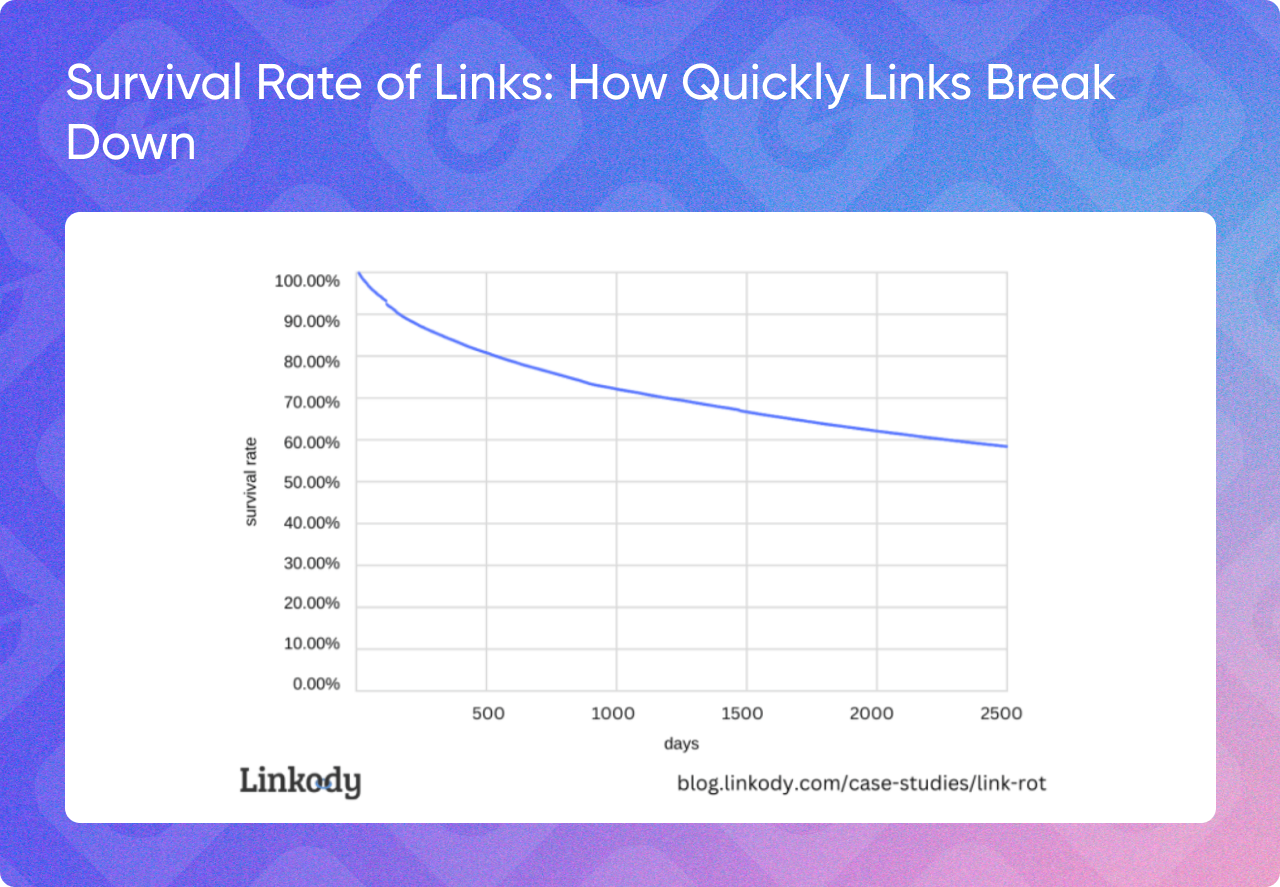 Source: Linkody
Source: Linkody
This highlights the transient nature of online content. Webpages get deleted, URLs change, and sites go offline, leading to many broken links.
Broken links create a poor user experience and can negatively impact a website's SEO. Users encountering dead links may leave the site frustrated, increasing bounce rates. Noticing these broken links, search engines may also view the site as less reliable and authoritative.
This is where broken link building comes into play.
Typical link building outreach gives site owners the option of including your link, but it doesn't give them any incentive to do so. Naturally, the success rate of such an approach is lower on average.
Here's an example outreach email:
 Source: Backlinko
Source: Backlinko
On the other hand, implementing a broken link building strategy offers a double-edged benefit to both parties. Aside from aiding the target site's user experience when you identify broken links, your website also gains valuable backlinks in exchange.
This dual benefit underscores why broken link building remains a crucial and effective SEO strategy.
Below, we'll explore the specific reasons why broken link building is a technique that deserves a place in your SEO repertoire.
What are the Benefits of Broken Link Building?
Enhances SEO by Acquiring High-Quality Backlinks
Gaining valuable backlinks is the biggest advantage of this SEO strategy, especially if you're reaching out to authoritative websites.
Most of the time, site owners will embed your URL if they find it a good fit to replace their broken link. Some also qualify those backlinks as dofollow, which not only makes the backlink a source of referral traffic but also transfers SEO ranking power to your website.
This is the ideal theoretical scenario.
But what if webmasters give your link a rel="nofollow" attribute? Does that mean your broken link building effort is wasted? Not necessarily.
Unlike before, Google now treats nofollow links as "hints" to determine which links to include or exclude in search queries, according to Google's updated guidelines.
While nofollow links do not directly transfer SEO value to your link, they may still indirectly benefit your site overall. Take that as you will, but I see it as a win-win.
Improves User Experience by Fixing Broken Links
Scouring the internet and looking for broken links is tedious. That's why you'll rarely find site owners who actively review their websites and check for broken links.
In other words, you're doing charity work by reaching out to webmasters and informing them about the dead link. You will also be doing them a huge favor by offering to substitute the broken link with a link that actually works.
How so?
First, webmasters don't have to go through the long process of finding an alternative URL to replace the link.
Secondly, by providing value through the new link, you inadvertently saved their audience from suffering a poor user experience.
Builds Relationships With Target Webmasters
Link building is a great tool not only for SEO but also for fostering meaningful relationships with site owners. Broken link building amplifies these benefits even more.
When you identify and offer to replace broken links on their sites with your relevant content, you provide them with a valuable service. This gesture shows your willingness to help.
More importantly, you are also incentivizing site owners to include your link. Without much effort, they can simply embed the links to your website, saving them valuable time. As the adage goes, "Time is money." It wouldn't be a stretch to say they got the better end of the deal.
Site owners appreciate this proactive approach, which may lead to stronger professional connections and open doors to future collaborations.
Boosts Referral Traffic From Newly Acquired Links
Since the new links now point to your website, products of broken link building strategies are promising avenues for referral traffic. This is especially true for links acquired from articles that accommodate high monthly organic visits.
To maximize referral traffic, target websites in your niche that possess high domain authority. These domains typically have thousands, if not millions, of monthly visitors. Find relevant broken links on these sites and propose your own URL as an alternative.
If the transaction succeeds, your website might even get most of its traffic from these household names.
Offers a Scalable and Repeatable Link-Building Strategy
Building backlinks off broken links might not always work, just like other link-building techniques.
Some site owners may be more interested in finding new replacement links than what you're trying to offer. But one rejection doesn't mean the strategy is ineffective.
Of all the websites you contact, many unicorns will appreciate your gesture and would love to feature your link as repayment. This makes this tactic worth the try.
And based on experience, a strategy you will repeatedly implement, thanks to its immense benefits.
How To Conduct Broken Link Building
So, you're convinced. You think dead link building may be a good source of backlinks.
Now, how exactly do you apply it? Keep reading to learn how you can implement this technique for yourself.
There are many ways to approach broken link building. Manually finding broken links is possible, but it will take longer.
Here are some approaches you can implement to conduct broken link building:
To automate the BLB process somewhat, we'll need one of the top Chrome extensions called "Check My Links" that scans webpages to identify broken links.
This tool automatically crawls the current page and identifies all the links on the page, including nofollow and broken links. Instead of manually clicking links to find broken pages, Check My Links can do it for you.
Now, let's say you're selling a digital marketing course about on-page SEO techniques and want to collect backlinks to your landing page.
You want to find all possible relevant online content that might link out to you. This includes listicles and resource pages.
To isolate resources, you may use the following format in your Google search: "keyword" + resources. For example, "on-page SEO course resources." This will reveal helpful online resources where your keyword might fit if these pages have broken links.
Conversely, to extract listicles, use modifier terms like "best" or "top." You can also find LSI terms for some of your primary keywords, such as using "training" or "lessons" instead of "course."
Doing so reveals the relevant listicles where you may find broken links to connect your URL.
The next step is to go over each link and use Check My Links to identify if there are any broken links on the web page.
If not, exit the listicle and proceed to the next one. Create a list of all target pages for your BLB efforts and find the designated contact person for those web pages.
After completing your list, it's time to send them an email. Here's an example template you can use:
"Hey [Site Owner’s Name],
How's everything going?
My name is [Your Name], and I’m reaching out because I recently came across your article on [Topic/Article Title]. While reading, I noticed a broken link that I thought you might want to fix.
The broken link is in the section about [Brief Description of the Section], and it currently leads to [Describe the Broken Link or Page].
If you're interested, I wanted to offer a helpful replacement.
I have a similar, relevant piece of content on [Your Website] that covers [Brief Description of Your Content]. Here’s the link: [Your URL].
I believe this resource would make a valuable addition to your article and provide your readers with useful information.
Either way, your article is a really interesting read!
Let me know if you have any concerns, [Site Owner's Name]— I'd love to connect.
Cheers,
[Your Name]"
Also, Racoon Link Checker, a free Chrome extension from Collaborator, can be useful for your link building process. It provides instant details on link attributes, indexing status, and more, all in one window. By using Raccoon, you can save hours checking the links you've already placed.
Key Takeaways
Broken link building, especially when done manually, requires a little creativity to implement effectively. You'll discover more ingenious ways to find broken links and replace them with your desired URLs.
But if your budget allows it, you may also subscribe to paid tools like Ahrefs or Semrush to expedite the BLB process. Having these tools at your disposal can save you significant time and effort manually going through Google searches.
While BLB might seem time-consuming and taxing, its returns far outweigh the initial time and money you invest. If the transaction succeeds, you will get valuable backlinks and build bridges with site owners, which may open doors for future collaborations.
So, ready to find a broken link?

